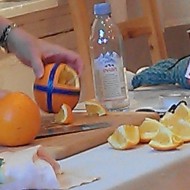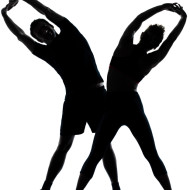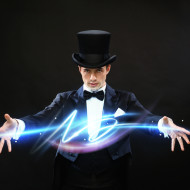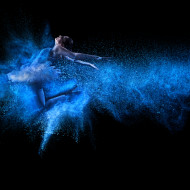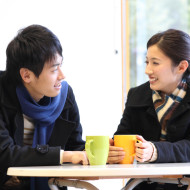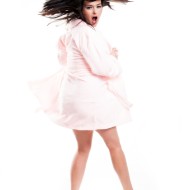
Everyday objects can be employed creatively to evoke effort. In our Meaning in Motion lecture in New York last month, Cate Deicher showed how balloons can be used to evoke various combinations of the Action Drive.
Balloons were distributed to audience members. First they were asked to inflate their balloons by PRESSING the air into the balloon. Next participants were instructed to tie the balloon by WRINGING.
Now the fun began, as the audience began DABBING and sometimes FLICKING balloons to one another.… Read More

